Orange County Financial Empowerment Center: Six Months of Community Impact – OCFL Newsroom


Report on the Expansion of Orange County’s Financial Empowerment Center and its Contribution to Sustainable Development Goals
Executive Summary
The Orange County Financial Empowerment Center (FEC) initiative has expanded its operational footprint and service delivery model to enhance financial stability for residents. Through a strategic partnership with Habitat for Humanity Greater Orlando and Osceola County, the program now operates five physical locations and offers virtual counseling. This expansion directly supports the achievement of several United Nations Sustainable Development Goals (SDGs), including SDG 1 (No Poverty), SDG 10 (Reduced Inequalities), and SDG 11 (Sustainable Cities and Communities), by providing accessible, professional financial guidance to all individuals living or working in Orange County.
Initial Performance Metrics and Economic Impact
In its initial six months of operation, the FEC has demonstrated significant progress toward fostering economic resilience. These outcomes represent tangible contributions to SDG 1 (No Poverty) and SDG 8 (Decent Work and Economic Growth) by empowering individuals to build financial security.
- Clients Served: 290
- Collective Savings Increase: Over $93,000
- Total Non-Mortgage Debt Reduction: Nearly $200,000
Strategic Expansion for Enhanced Accessibility and Inclusivity
To ensure equitable access and remove barriers to participation, the FEC has established a network of centers and a virtual service option. This strategy directly addresses SDG 10 (Reduced Inequalities) by accommodating diverse client needs, including those with transportation challenges or demanding work schedules. The introduction of virtual appointments is a key innovation designed to meet residents where they are.
Current FEC Locations:
- John Bridges Community Center – Apopka
- Hal P. Marston Community Center – Orlando
- Pine Hills Community Center – Orlando
- East Orange Community Center – Orlando
- Oak Ridge Neighborhood Center for Families – Orlando
Core Services and Alignment with Sustainable Development Goals
The FEC provides free, confidential, one-on-one counseling with trained professionals. The program’s core services are intrinsically linked to the SDGs, creating a foundation for long-term community well-being and contributing to SDG 11 (Sustainable Cities and Communities).
- Debt Reduction and Credit Improvement: Directly supports poverty alleviation (SDG 1) by helping clients manage liabilities and improve financial health.
- Savings Building and Budget Creation: Fosters economic stability and resilience, a cornerstone of sustainable communities (SDG 11).
- Equitable Access: By being free and available to all residents, the program actively reduces financial inequalities within the community (SDG 10).
- Strategic Collaboration: The partnership between Orange County and Habitat for Humanity exemplifies SDG 17 (Partnerships for the Goals), showcasing an effective model for public-nonprofit collaboration to achieve shared development objectives.
Conclusion and Service Accessibility
The expansion of the Financial Empowerment Center positions the initiative to significantly enhance the financial resilience of Orange County. By aligning its mission with global Sustainable Development Goals, the FEC is building a stronger, more equitable community. The program is committed to providing a safe and empowering space for all residents to achieve their financial goals.
To schedule a free and confidential appointment, residents can visit the Orange County Financial Empowerment Center website or call 407-648-4567 (option 3).
1. Which SDGs are addressed or connected to the issues highlighted in the article?
The article on Orange County’s Financial Empowerment Center (FEC) initiative addresses several Sustainable Development Goals by focusing on improving the financial well-being and resilience of its residents. The most relevant SDGs are:
- SDG 1: No Poverty – The program’s primary goal is to help individuals take control of their finances, build savings, and reduce debt, which are fundamental steps in alleviating poverty and preventing financial hardship.
- SDG 10: Reduced Inequalities – By offering free services to all who live or work in Orange County and providing virtual options to overcome barriers like transportation, the initiative actively works to reduce economic inequalities and promote the financial inclusion of all community members, regardless of their circumstances.
- SDG 11: Sustainable Cities and Communities – The article states the program’s aim is to build a “stronger, more financially resilient community.” Financial resilience is a key component of a sustainable and inclusive community, contributing to overall urban stability.
- SDG 17: Partnerships for the Goals – The initiative is explicitly described as a partnership between Orange County and Habitat for Humanity Greater Orlando and Osceola County, demonstrating a public-civil society collaboration to achieve common goals.
2. What specific targets under those SDGs can be identified based on the article’s content?
Based on the services and goals described in the article, several specific SDG targets can be identified:
-
SDG 1: No Poverty
- Target 1.4: “By 2030, ensure that all men and women, in particular the poor and the vulnerable, have equal rights to economic resources, as well as access to basic services… [and] financial services…”
Explanation: The FEC initiative directly addresses this target by providing free, professional, one-on-one financial counseling, which is a critical financial service. The program is designed to be accessible to all residents, particularly helping those in need gain control over their economic resources.
- Target 1.4: “By 2030, ensure that all men and women, in particular the poor and the vulnerable, have equal rights to economic resources, as well as access to basic services… [and] financial services…”
-
SDG 10: Reduced Inequalities
- Target 10.2: “By 2030, empower and promote the social, economic and political inclusion of all, irrespective of… economic or other status.”
Explanation: The program’s mission is to “empower individuals to set realistic goals and take control of their financial future.” By making the services free and universally available, and by adding a virtual option to “remove barriers,” the FEC promotes the economic inclusion of people who might otherwise be left out due to cost, transportation, or time constraints.
- Target 10.2: “By 2030, empower and promote the social, economic and political inclusion of all, irrespective of… economic or other status.”
-
SDG 11: Sustainable Cities and Communities
- Target 11.1: “By 2030, ensure access for all to adequate, safe and affordable housing and basic services…”
Explanation: The Financial Empowerment Center is presented as a basic community service. Financial stability, which the center promotes, is a prerequisite for residents to access and maintain adequate and affordable housing. The partnership with Habitat for Humanity further strengthens this connection.
- Target 11.1: “By 2030, ensure access for all to adequate, safe and affordable housing and basic services…”
-
SDG 17: Partnerships for the Goals
- Target 17.17: “Encourage and promote effective public, public-private and civil society partnerships…”
Explanation: The article explicitly states that the program is a partnership between “Orange County” (a public entity) and “Habitat for Humanity Greater Orlando and Osceola County” (a civil society organization), perfectly illustrating the type of collaboration this target aims to foster.
- Target 17.17: “Encourage and promote effective public, public-private and civil society partnerships…”
3. Are there any indicators mentioned or implied in the article that can be used to measure progress towards the identified targets?
Yes, the article provides several specific quantitative and qualitative indicators that can be used to measure the program’s progress and impact:
- Number of clients served: The article states, “In its first six months, 290 clients have been served.” This is a direct indicator of the program’s reach and the number of people accessing the service (relevant to Target 1.4 and 11.1).
- Increase in client savings: The article quantifies the impact by noting that clients have “collectively increasing their savings by more than $93,000.” This is a key performance indicator for measuring poverty reduction and financial empowerment (relevant to Target 1.4).
- Reduction in client debt: The article reports a reduction in “total non-mortgage debt by nearly $200,000.” This is another critical indicator of improved financial health and progress towards economic stability (relevant to Target 1.4).
- Accessibility of services: The expansion to “five locations operating across the County” and the introduction of a “new virtual meeting option” are indicators of the program’s efforts to ensure broad and equitable access, removing barriers for residents (relevant to Target 10.2).
- Nature of the partnership: The explicitly mentioned collaboration between Orange County and Habitat for Humanity serves as an indicator of a functional public-civil society partnership (relevant to Target 17.17).
4. Create a table with three columns titled ‘SDGs, Targets and Indicators” to present the findings from analyzing the article.
| SDGs | Targets | Indicators Identified in the Article |
|---|---|---|
| SDG 1: No Poverty | 1.4: Ensure equal rights to economic resources and access to financial services for the poor and vulnerable. |
|
| SDG 10: Reduced Inequalities | 10.2: Empower and promote the social and economic inclusion of all. |
|
| SDG 11: Sustainable Cities and Communities | 11.1: Ensure access for all to basic services. |
|
| SDG 17: Partnerships for the Goals | 17.17: Encourage and promote effective public and civil society partnerships. |
|
Source: newsroom.ocfl.net
What is Your Reaction?
 Like
0
Like
0
 Dislike
0
Dislike
0
 Love
0
Love
0
 Funny
0
Funny
0
 Angry
0
Angry
0
 Sad
0
Sad
0
 Wow
0
Wow
0






















![MDN’s Energy Stories of Interest: Thu, Nov 6, 2025 [FREE ACCESS] – Marcellus Drilling News](https://marcellusdrilling.com/wp-content/uploads/2025/03/MDN-energy-stories-of-interest-300x300.jpg?#)





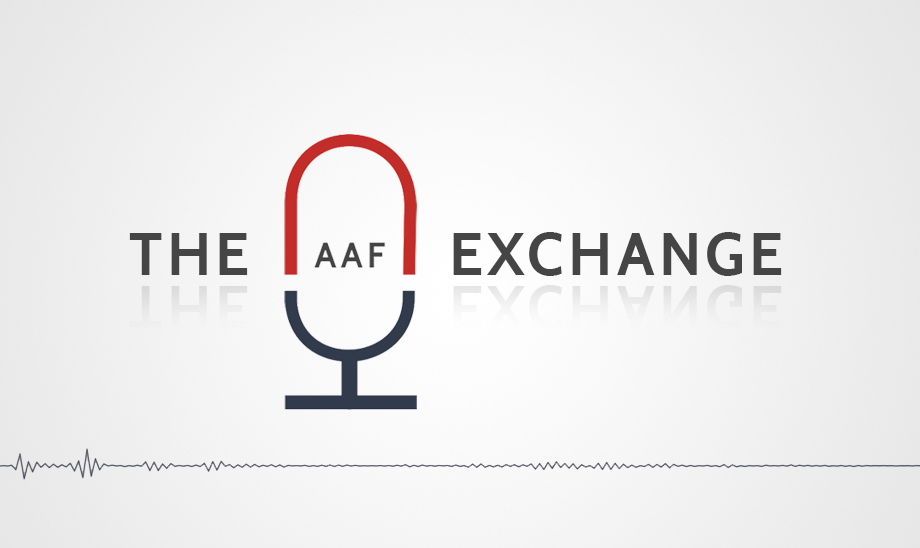







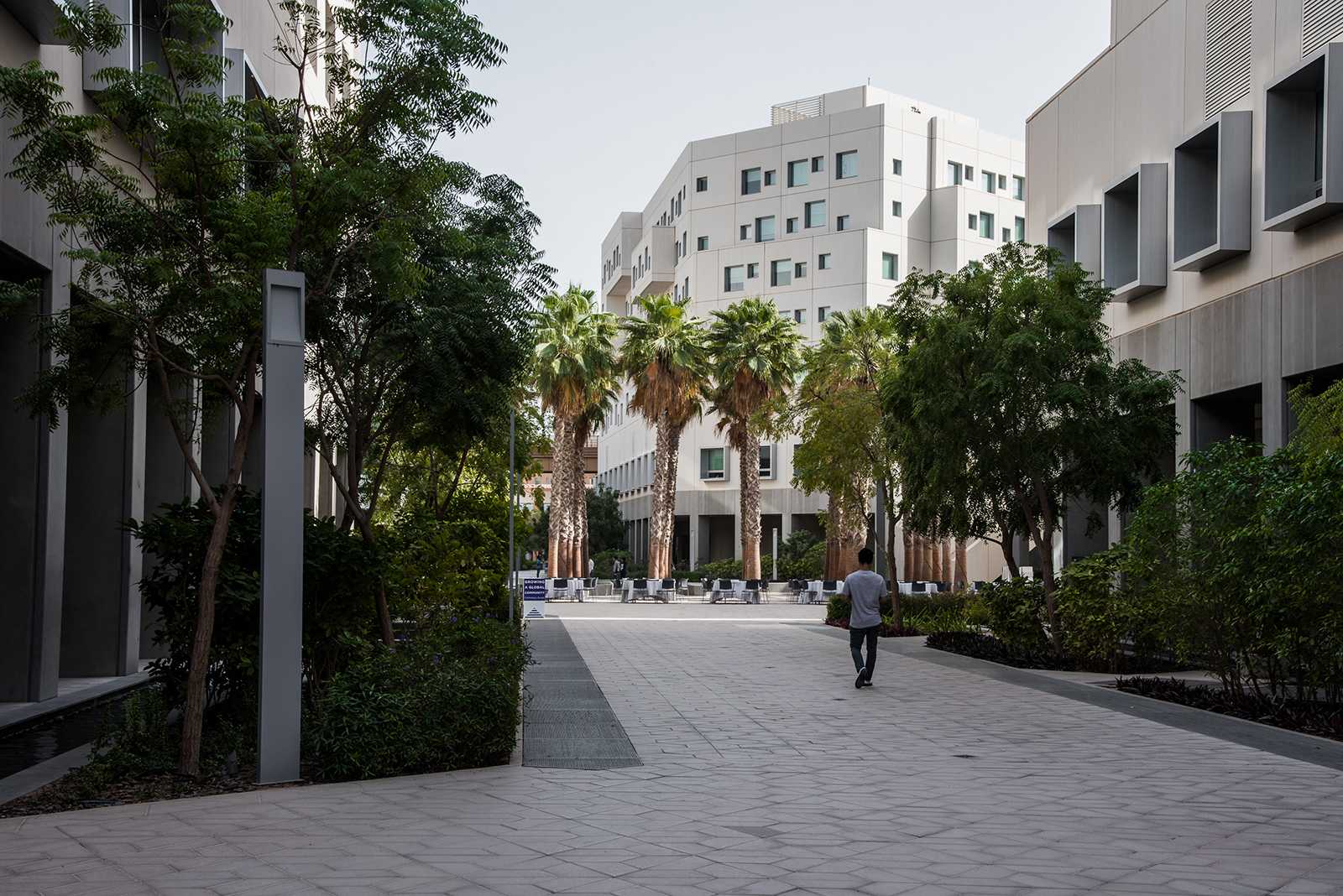

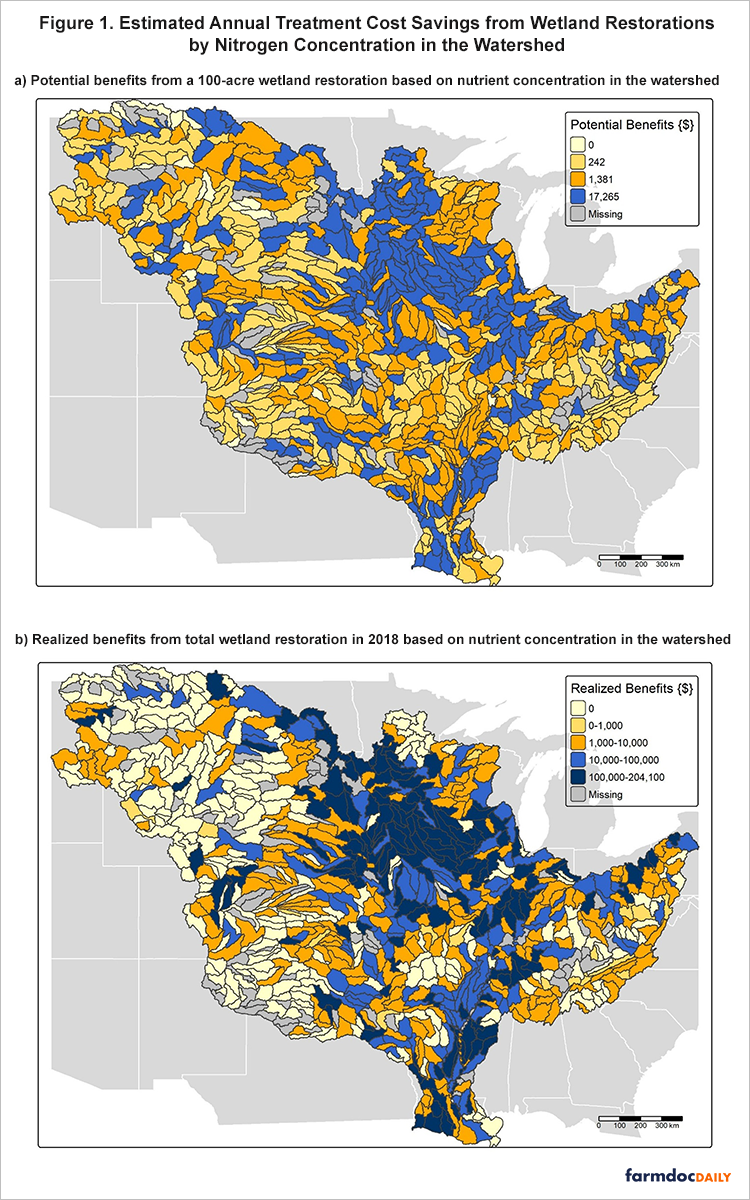
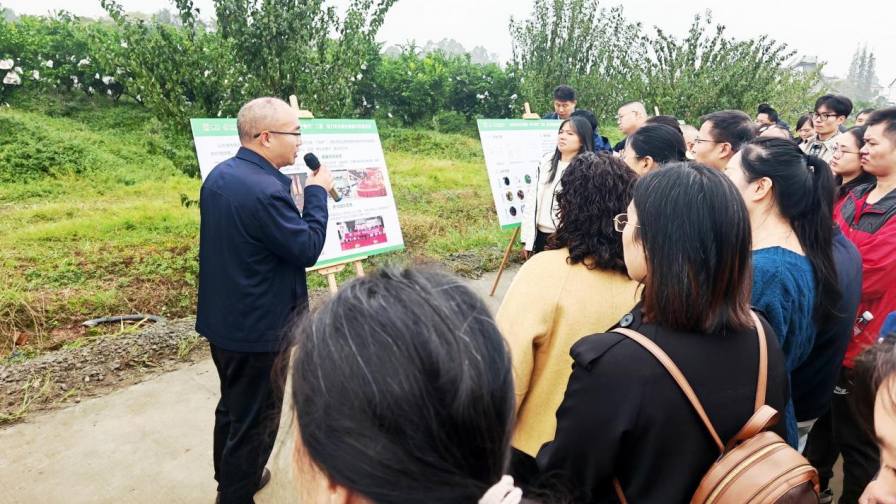

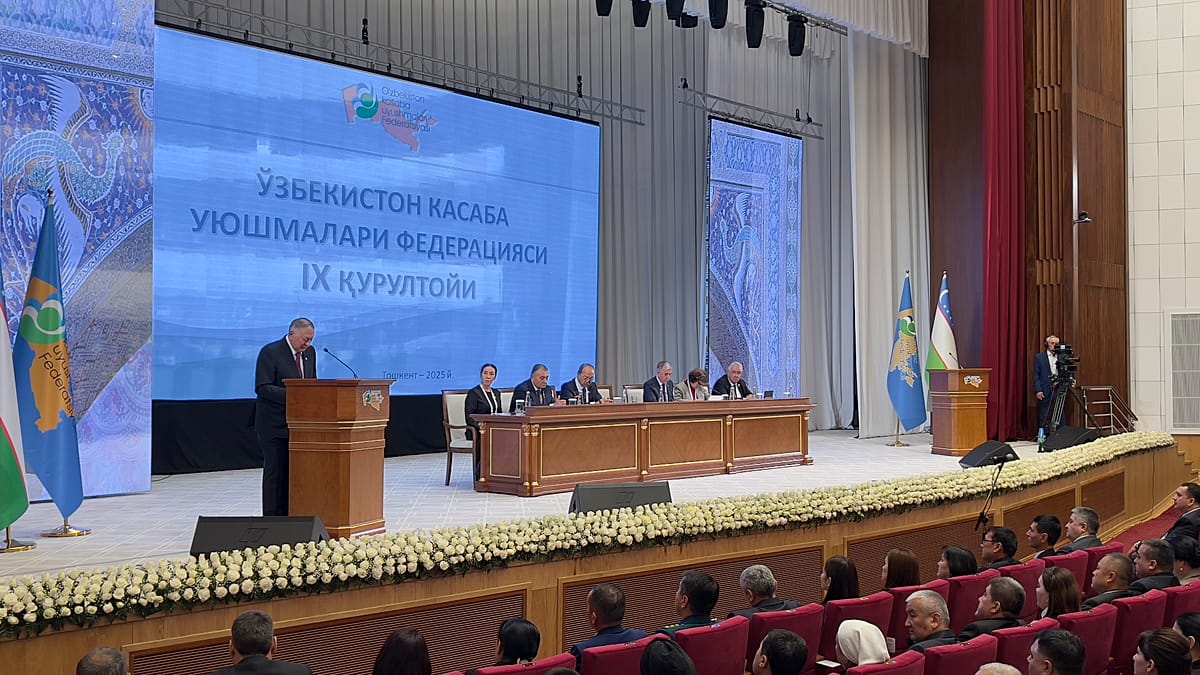


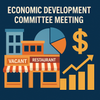








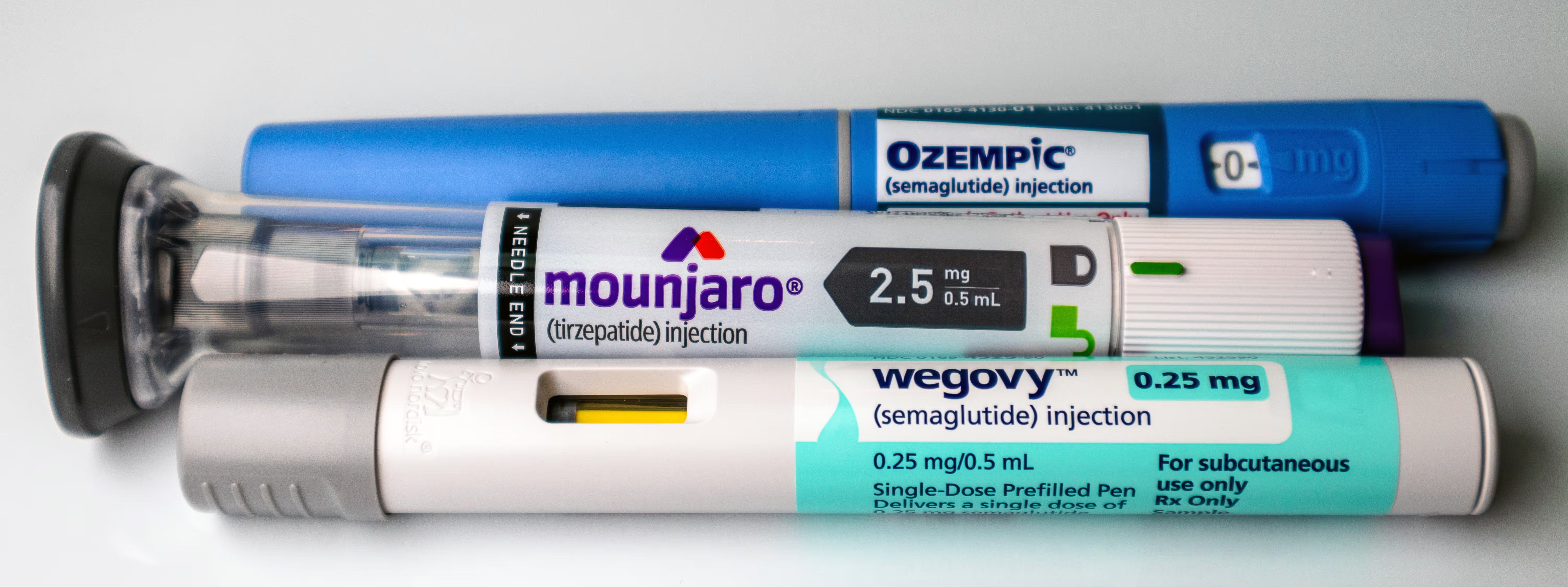
-strategy/uganda-yellow-fever-vaccination-campaign.tmb-1200v.jpg?sfvrsn=8c8c1c4_4#)
















